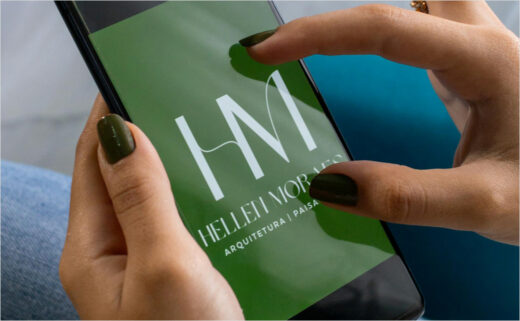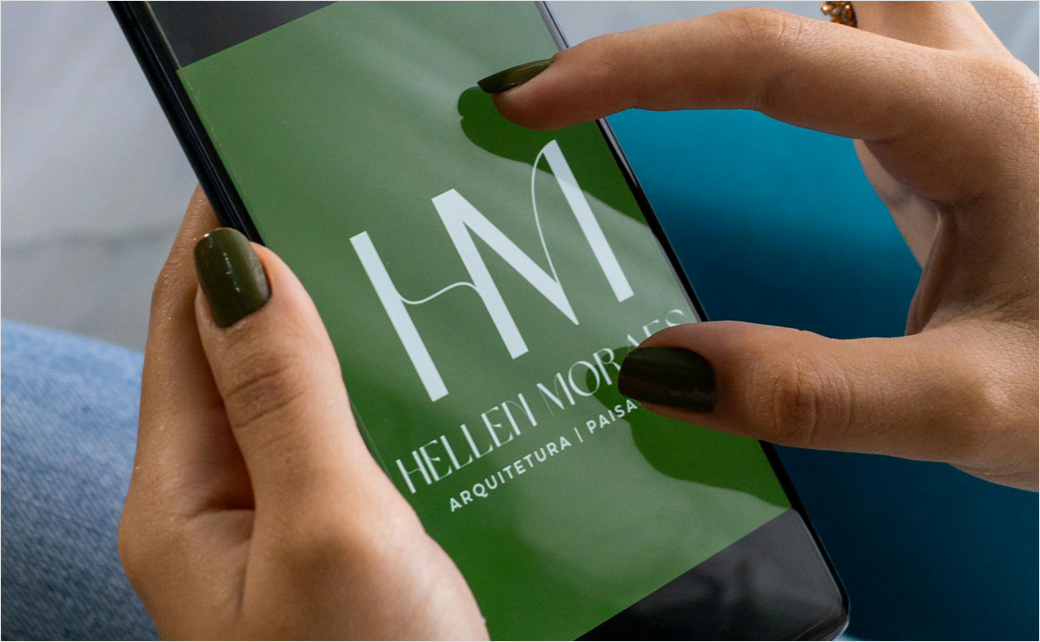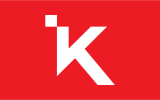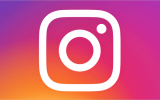How Digital Marketing Shapes the Future of Logo Design

In today’s always-online world, a brand’s first impression usually happens digitally. Whether it’s a social media post, a Google ad, or a mobile app, most customers are meeting brands on a screen – not in person. And what’s often the very first thing they see? The logo.
That tiny visual symbol has to work a lot harder than it used to. Logos no longer live only on business cards and storefronts. They have to scale everything from Instagram profile pictures to YouTube intros, and they have to look just as good on a smartwatch as they do on a billboard.
With all that pressure, digital marketing is playing a huge role in shaping how logos are designed, where they live, and what they say about a brand.
From Print to Pixel: The Digital-First Logo
Not too long ago, logo designers mainly focused on how a logo would look in print – on packaging, flyers, letterheads, and maybe the side of a company van. But today, the logo "home base" is digital. It's front and centre on websites, apps, digital ads, email campaigns, and social media feeds.
That shift changes everything.
Now, a logo has to be incredibly flexible. It needs to scale down to a tiny app icon or a favicon in your browser tab, but also stretch out for a desktop website header or video ad. And it needs to do that without losing its essence. Clean lines, bold contrast, and simplified forms are more important than ever. If it doesn’t work at 50 pixels wide, it’s not going to work.
Designers today think "digital-first" from the start. That means thinking about how a logo will perform on high-resolution screens, how it will animate in video content, and how it will hold up when it’s sitting in the middle of a scrolling Instagram feed.
Adaptability Is the New Standard
A logo used to be a single static mark – and for some brands, it still can be. But many companies are shifting towards custom logo systems by collaborating with leading digital agencies instead of using a generic solution.
What’s a logo system? It’s a flexible set of visual elements: primary logo, secondary logo, logomark, icon, wordmark, maybe even an animated version. Each part of the system serves a purpose across different platforms. Your full logo might appear on your website header, while just the icon might be used as a social media profile image. An animated version might show up at the end of your TikTok video or as a loading screen on your mobile app.
This kind of flexibility is crucial in digital marketing campaigns, especially when brands are customising content for different audiences. If you’re running targeted Instagram ads for Gen Z and B2B LinkedIn content for professionals, your logo needs to fit both spaces – without losing its identity.
The Role of Storytelling in Logo Design
Let’s be real – most people won’t analyse your logo the way a designer will. But they will feel something when they see it. And that feeling matters more than ever.
Digital marketing is all about storytelling. Brands that succeed online are the ones that can tell a compelling, consistent story across platforms. And your logo? It’s the cover of that story.
Today’s logos need to do more than look good – they need to say something. Whether it’s bold and innovative like Tesla, or approachable and friendly like Airbnb, logos give viewers an instant read on who a brand is and what they stand for. That’s why modern design choices aren’t just about aesthetics; they’re about aligning with brand values and connecting emotionally with the target audience.
In a digital campaign, you often have just a few seconds (or less) to catch someone's attention. Your logo plays a big part in that moment. It’s not just a design – it’s a message.
Animation and Interactivity: Logos in Motion
Here’s something that didn’t exist in traditional print: motion design. In today’s digital-first world, logos don’t have to sit still. Thanks to video content, app interfaces, and interactive web design, animated logos are becoming a major trend – and digital marketing is driving the demand.
Think about the Netflix “N” animation that appears before every show, or how Google’s logo subtly morphs during interactions. These aren’t just fun extras – they’re part of the brand experience.
Animation allows brands to bring energy and emotion into their identity. It can show personality, create a smoother UX, or reinforce a memorable user experience. And with so much of digital marketing happening on video platforms or in dynamic web content, motion isn’t just nice to have – it’s becoming expected.
As a result, logo designers are being asked to think not only about what a logo looks like, but how it moves.
Data-Driven Design Decisions
Another big shift is how data is informing design choices. Digital marketing platforms – like Meta Ads, Google Analytics, or even TikTok’s Creative Center – give brands real-time feedback on what’s working and what isn’t. That includes how well a logo performs in certain contexts.
If users consistently scroll past a video where the logo is too subtle, or engagement is low on certain visual branding, marketers and designers take notice. This kind of performance data is influencing logo design iterations, especially for growing startups or rebrands. Testing different styles, layouts, and colour treatments in A/B campaigns is more common than ever.
Logos, once a “set it and forget it” asset, are now part of the continuous optimisation cycle. That doesn’t mean redesigning your logo every month, but it does mean being open to updates and tweaks based on what the audience responds to.
The Takeaway: Digital Marketing Is Redefining Design Standards
Digital marketing isn’t just influencing logo design – it’s redefining the entire design process. It pushes designers to think beyond aesthetics and consider performance, storytelling, adaptability, and user experience.
Logos today are not just marks; they’re functional tools in a brand’s digital toolkit. They have to speak to multiple audiences, live across dozens of platforms, and evolve with the fast-paced digital environment.
For logo designers, this means embracing a more strategic role in branding. It’s not just about creating something beautiful – it’s about designing for impact, flexibility, and connection in the digital age.
Final Thoughts
As digital marketing continues to evolve, so will logo design. The most successful logos of the future won’t just look good – they’ll be agile, responsive, and deeply tied to the brand’s digital voice. For designers, that’s both a challenge and an opportunity.
Whether you’re a freelance logo designer, a brand strategist, or a startup founder building your visual identity, understanding the role digital marketing plays in logo design will help you create work that’s not only relevant but unforgettable.
And in a world where your logo might be seen a thousand times a day online – that kind of impact matters more than ever.








